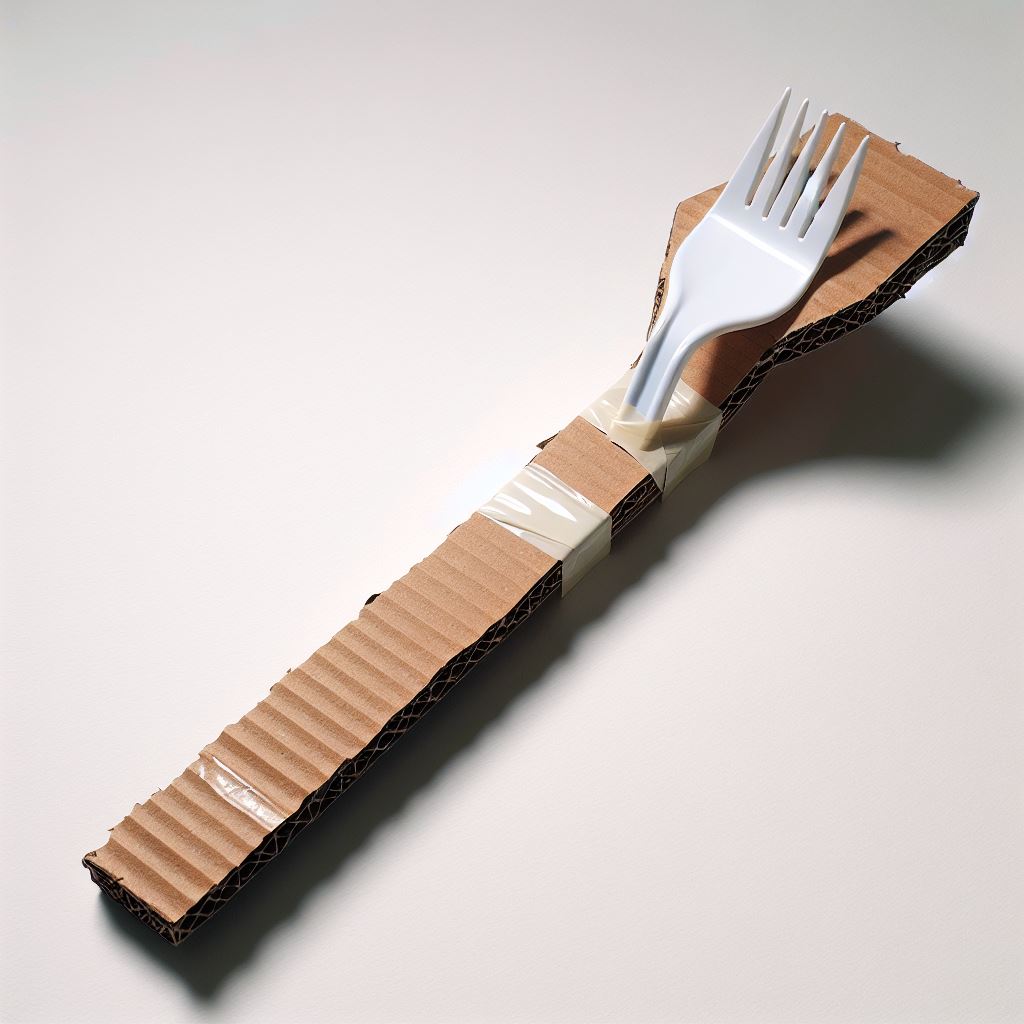7 DIY back scratcher
DIY Back Scratcher

Image resolution too low, need new one.
Cost: Varies $3.00~$16.00 Difficulty: Low Time: 45 minutes to an hour Continuous: No
Summary: Students get an opportunity to design and build their own functional back scratcher. The purpose of this activity is for students to build a functional device and gain an understanding that engineers are assigned similar tasks when undertaking real world problems. Being able to recognize a potential problem and design a possible solution. This is a good activity for teaching primary skills, developing motor skills and hand eye coordination, and repurposing & recycling materials.
ELO’s – Engineering, design, recycling and green usage, public speaking, how to use creativity and everyday materials to build something useful, utilize designs and sketches in creating a product, measurements, and basic machines.
Supplies needed:
Recycled materials list:
- Scrap cardboard, bottle caps, construction paper Purchase list:
- Paper for students to make their designs and pencils.
- Popsicle sticks, cardboard, or paint stir sticks(3x for $1 @ Walmart)
- Low temp hot glue or regular Elmer’s glue.
- Rubber bands
- Soda or water bottle caps
- Optional: Plastic forks, scissors for cardboard, markers for decorating.
- Any recycled materials you can think of.
Pro-tip: The DIY Back Scratcher can be made out of anything. This activity provides you will an opportunity to provide your students with creative materials. Try doing this yourself and think of items that could be recycled in order to make something that is functional. This will keep your costs down.
Activity:
| Vocabulary:
Lever: a simple machine that utilizes a ridged bar and a fulcrum (pivot point) to raise or move an object. Sketch: a rough drawing or plan of an idea Machine: any device that assists in achieving work advantage. It is not required for it to be mechanical or electric. |
|
Engineers use their creativity to solve everyday problems. Today your students will recognize a problem that they might have had in their lives. Their back itches and they cannot reach it. What will they do? Have students use their creativity to design something with their materials by drawing it first and then try to build it.
- Why is it hard to scratch your back?
- How could the students solve this problem? Students may propose several other or new ideas in order to solve this problem which is great.
- Show students the back scratcher you made.
- Show them the materials they will have available for use in class.
- Give students paper and pencils and then explain to them they need to design a backscratcher using the materials you’ve shown by drawing/making a sketch.
- Provide them with 10~15 minutes to design their back scratcher. This is their ‘sketch’ or ‘design’. If you made a sketch of your own, show that to them as well. If you cannot draw, that is ok. Why is it important to have an idea on paper? Explaining this concept to students is important too. Some students may not want to draw since they may be embarrassed about their skill level. That’s ok. What is important is to have the idea there, with major parts labeled, and that your idea can be easily understood is great. As a teacher if you cannot draw that is great too! If you drawing poorly, students won’t feel as bad about their own terrible drawing skills.
- Talk about material & tool safety before anything out.
- Pass out materials and necessary items to students.
- When completed, have students present their invention to the class and demonstrate it. This is a good opportunity for students to gain experience with public speaking by explaining their design and why they chose it.
Discussion:
Here are some questions you can discuss with the class:
- Which available materials seemed best for this activity? What materials would have been better to use?
- Why are new products made? Why do innovations in technology occur?
- Discuss why their inventions are useful?
- Talk about how making a sketch is useful before attempting to make
- What makes a good sketch
- Point out how there is more than one way to make something (such as a back scratcher).
